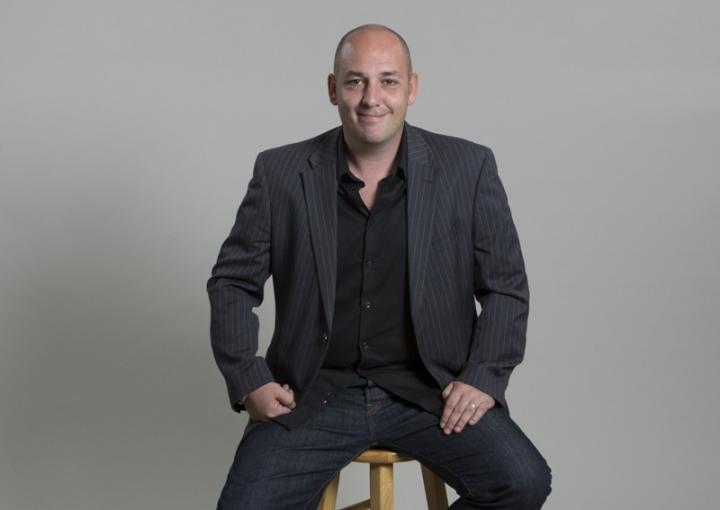
Credit: Binghamton University, State University of New York
BINGHAMTON, NY — Researchers at Binghamton University, State University of New York have developed a new device that could help minimize scarring during surgery. The device can ascertain the orientation of skin tension lines, which is important for wound-healing post-surgery.
Human skin is a complex tissue that exhibits properties that arise primarily from the alignment of collagen fibers in the dermis layer of the skin, ultimately causing skin tension lines. These lines are vital for surgery, as they are used to guide incisions that produce the least conspicuous scars. While there are many skin tension guidelines to help surgeons make incisions that create unnoticeable scars, skin anisotropy, or the skin’s property of having directionally dependent mechanical properties, is believed to vary from subject to subject, with no single guideline universally recognized as the best to implement for surgical applications.
“Skin is easier to stretch in one direction than another (try stretching the skin on your wrist along the length of your arm, and then at 90 degrees to this),” said Guy German, associate professor of biomedical engineering at Binghamton University. “This has been known for a long time. More recently, however, it has been discovered that these lines have important implications. Firstly, surgeons (primarily cosmetic surgeons) use these lines to decide on which direction to make incisions in order to make the least-conspicuous scars. If you make incisions across the direction that collagen is aligned, the risk of keloid scar formation (raised scars that can grow larger than the original injury) is increased. Cut along the direction of the aligned collagen and wounds heal better and produce less scarring. Surgeons currently use either skin tension line maps (of which there are many, and often different) or manual manipulation to find the local orientation of skin tension. Manual manipulation is often inaccurate, and our research demonstrates that skin tension line directions differ between people — so maps are only approximate.”
The new device created by the researchers is more accurate than other devices and the manual tests that surgeons perform. The device is also more efficient, as it only uses a single test that lasts a few seconds to measure skin tension orientation.
“Our device can measure the skin tension line direction accurately and quickly,” said German. “Other devices exist that do this. However, many devices require more than one measurement to establish the direction, and the devices that use a single test can currently only measure the skin tension direction to an accuracy of 45 degrees. Rather than using guidelines, our device directly measures the skin tension direction, avoiding the need to use maps or guidelines. We believe our device is more reliable and accurate than existing methods.”
German said he hopes this device becomes a staple tool used by surgeons.
“We hope that this device will one day be a common piece of equipment in operating rooms. Surgeons will use the device to quickly and accurately establish skin tension line directions, and plan their incisions to minimize scarring,” he said.
###
The paper, “Non-invasive in vivo quantification of human skin tension lines,” was published in Acta Biomaterialia.
Media Contact
Guy German
[email protected]
Related Journal Article
http://dx.



